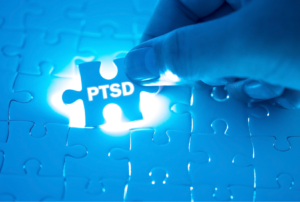Post traumatic Stress Disorder, or PTSD, is an often misunderstood illness. Evolving from earlier conceptualizations such as ‘shell shock’ and ‘war neurosis,’ PTSD can occur in any gender, sexuality, race, ethnicity, or culture (Crocq, M. A., Crocq, L. 2000). PTSD is in the category of Trauma and Stressor Related Disorders in the Diagnostic and Statistical Manual of Mental Disorders, 5th Edition (APA, 2013), the diagnostic system used by mental health professionals. The media portrays PTSD as an illness that primarily affects military veterans and sexual assault survivors (Purtle, J. et al., 2016). It also tends to show an incomplete picture of PTSD, highlighting violent flashbacks or emotional reactivity; popular media may commonly depict someone with PTSD hearing a loud noise while driving and then throwing themselves in a ditch to take cover, or yelling at their loved ones for no reason. While these descriptors may reflect aspects of PTSD for some, they are not fully representative of the diverse experiences of those who suffer from PTSD.
To understand the signs and symptoms of PTSD, we first need to understand what PTSD is. According to psychiatry.com (APA, 2021):
“Posttraumatic stress disorder (PTSD) is a psychiatric disorder that may occur in people who have experienced or witnessed a traumatic event such as a natural disaster, a serious accident, a terrorist act, war/combat, or rape or who have been threatened with death, sexual violence or serious injury. ”
In plain terms, PTSD is diagnosed in people who have witnessed, experienced, or heard about a traumatic event and then suffer from intense, disturbing thoughts and feelings once the experience has ended. This can come in the form of flashbacks, nightmares, dissociation; and they may feel sadness, anger, or fear in situations where these feelings may not be warranted. Something important to remember is that a diagnosis of PTSD requires exposure to a traumatic event, but not necessarily experiencing it directly. It can occur in a family member hearing about a violent death of a friend, or witnessing a trauma happening to another person. In essence, PTSD can occur in anyone who fears for their life, regardless of the risk of actual death or not. In the Troubled Teen Industry (TTI), many survivors report experiencing multiple forms of abuse, as well as witnessing it.
According to the DSM-5 (APA, 2013) there are eight symptom categories that must be met to be diagnosed with PTSD, criteria A-H. Criteria A requires that you must be exposed to the event (s) that involve or threaten death, actual or threatened injury, or actual or threatened abuse where the individual believed they may have faced death in the moment. This can look like directly experiencing the event, witnessing the event, learning about an event, or repeated exposure to distressing details of an event. It does not necessarily mean you faced death or were near death actually, however, it does mean that the individual was in a situation that was serious enough they could have led to death. Many first responders, frontline workers, abuse survivors, people with medical trauma, and many others experience PTSD, not just those in the military.
In criteria B, you must experience at least one type of intrusive experience relating to the traumatic event on an ongoing basis. While this can mean having flashbacks where you feel like you are in the event again, it does not have to be. Criteria B states you must experience one of the following intrusive or re-experiencing symptoms:
- Unexpected or expected recurring, involuntary, intrusive, upsetting memories of the event.
- Repeated upsetting dreams where the context is related to the traumatic event.
- The experience of some sort of dissociation (i.e. flashback) where one feels it is happening again.
- Strong psychological distress upon exposure to cues that are inside or outside the body that is connected to the event.
- Strong physiological reactions upon exposure to cues that are inside or outside the body that is connected to the event.
Criteria C is frequent avoidance of reminders associated with the traumatic event, meaning the person is trying to avoid anything that reminds them of a trauma. For survivors of the TTI, this may mean fear and avoidance of authority figures, providers like therapists and doctors, not driving past triggering places, or avoiding sensory triggers. To have PTSD, one must have one of the following*:
- Avoidance of thoughts, feelings, and physical sensations that bring up memories of the traumatic event.
- Avoidance of people, places, conversations or other situations or simulations that bring up the event.
Criteria D is all about negative thoughts and feelings that followed the trauma, such as feeling negative about the world or themselves, experiencing depression, isolation, or having trouble remembering some aspects of the event. Criteria D requires at least two of the following negative changes in one’s life in thought since the traumatic event.*:
- Inability to remember important aspects of the traumatic event.
- Persistent and elevated negative evaluations of self, others, or the world. (I am unlovable, the world is evil, all ‘X’ are bad)
- Distorted beliefs about the causes/consequences of the trauma and/or self-blame (sometimes known as survivors guilt).
- Depression or other negative emotional states
- Reduced interest in formerly pleasurable activities
- Feeling detached from others
- Ongoing difficulty feeling positive emotions.
Criteria E includes having at least two of the following changes in arousal that started following the event*:
- Difficulty Concentrating
- Feeling ‘on guard’ or in danger in harmless situations
- Heightened startle response
- Irritability, impulsivity, or aggressive behavior
- Problems sleeping
- Engaging in behavior that is reckless/self-destructive
The last three criteria are about how long someone has been experiencing symptoms, how much they impact someone, and address other factors that could be causing symptoms. Criteria F states that symptoms last for more than one month, and criteria G states that symptoms must bring an amount of stress that interferes with quality of life. Criteria H states that the symptoms are not related to substance use or a medical issue. PTSD can also be specified with dissociative symptoms, where one often has episodes of derealization (feeling that the world is not real), and/or depersonalization (feeling that oneself is not real). PTSD with delayed expression is assigned when full symptom criteria are not met until at least 6 months after the traumatic event.
PTSD is very common within the TTI. Survivors often not only suffer from PTSD, but often complex PTSD, or cPTSD. This is a form of PTSD that is not in the DSM-5, that develops in response to repeated, chronic exposure to trauma where the individual has little or no chance of escape (Rosenfield, et al., 2018) . This can occur with abuse that happens over the course of multiple traumatic events, something that is common within the TTI. The persistence of PTSD symptoms varies based on the individual, but can be well managed with therapy and medication. Unfortunately in the case of survivors of the TTI with complex trauma, there are additional barriers to experiencing relief of symptoms. With the combination of hypervigilance and mistrust, many survivors fear going to a provider to discuss the things that providers (people in therapeutic positions) did to harm them. This can make it especially hard to get help for their condition.
Thankfully, there are many treatments for PTSD, including more traditional talk therapy methods, such as cognitive behavioral therapy and dialectical behavior therapy. There are also other types of therapy such as EMDR (eye movement desensitization and reprocessing), PE or prolonged exposure therapy, and cognitive processing therapy (CPE). These types of therapies allow the patient to reprocess the memories of the trauma in a safer environment, learn to cope with triggers effectively, or replace the negative associations of the memory with something different, which is often done in EMDR therapy. There are also medications that can be used for PTSD. For people with PTSD, their brain is unable to, or has extreme difficulty ‘turning off’ flight or flight mode, or the state of adrenaline the body feels when it senses a real or imagined danger. Certain medications allow patients to ‘turn off’ the constant hyper vigilance, and helps them function with less fear and anxiety. The most common medications for the treatment of PTSD include antidepressants, antipsychotic, beta blockers, and benzodiazepines. Unfortunately for some, more drastic and controversial treatments are needed for those who do not respond to the above treatments like TMS, ketamine, and psychedelic assisted therapy. These treatments generally take more time and are more of a labor intensive process, but there have been numerous reports of success when more traditional methods fail. In a 2019 review of clinical practice guidelines, adult treatments for PTSD with the strongest support across guidelines include individualized trauma focused cognitive behavioral therapy and SSRI (selective serotonin reuptake inhibitor) based pharmacological treatment (Hamblen et al., 2019). In 4 of the 5 guidelines reviewed, EMDR was also strongly recommended.
In conclusion, PTSD is a very serious illness that impacts a great number of people each year. In the TTI, survivors have a very high likelihood to suffer from PTSD due to repeated exposure to trauma. There are many treatments to help people with symptoms. Sometimes the symptoms can subside with the help of an experienced trauma therapist, but for survivors of the TTI seeking help can be especially difficult. Regardless of how it manifests, PTSD is a very complicated and challenging condition to live with and is over-represented in survivors of TTI programs.

References
Crocq, M. A., & Crocq, L. (2000). From shell shock and war neurosis to posttraumatic stress disorder: a history of psychotraumatology. Dialogues in clinical neuroscience, 2(1), 47–55.
American Psychiatric Association, A. P., & American Psychiatric Association. (2013). Diagnostic and statistical manual of mental disorders: DSM-5.
American Psychiatric Association (2021). What is posttraumatic stress disorder? https://www.psychiatry.org/patients-families/ptsd/what-is-ptsd.
Hamblen, J. L., Norman, S. B., Sonis, J. H., Phelps, A. J., Bisson, J. I., Nunes, V. D., … & Schnurr, P. P. (2019). A guide to guidelines for the treatment of posttraumatic stress disorder in adults: An update. Psychotherapy, 56(3), 359.
Purtle, J., Lynn, K., & Malik, M. (2016). “Calculating The Toll Of Trauma” in the headlines: Portrayals of posttraumatic stress disorder in the New York Times (1980–2015). American journal of orthopsychiatry, 86(6), 632.
Rosenfield, P. J., Stratyner, A., Tufekcioglu, S., Karabell, S., Mckelvey, J., & Litt, L. (2018). Complex PTSD in ICD-11: A case report on a new diagnosis. Journal of Psychiatric Practice®, 24(5), 364-370. Retrieved from: https://www.ncbi.nlm.nih.gov/pubmed/30427825



